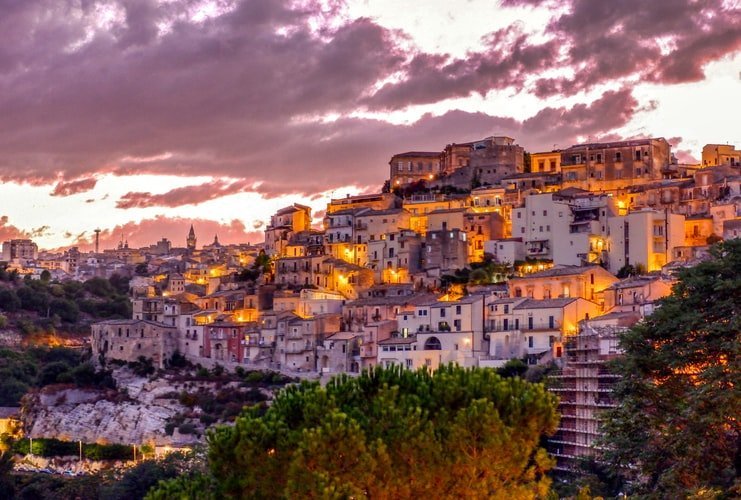Transilvania, land of story
 Transilvania is a historical region in the central part of Romania, bound on the east and south by the Carpathian mountain range. The name `Transilvania` comes from the Latin expression -Trans Silva – which means `the land beyond the forests`, due to the forests which covered mountains in the area, and is the birth place of the Romanian nation.
Transilvania is a historical region in the central part of Romania, bound on the east and south by the Carpathian mountain range. The name `Transilvania` comes from the Latin expression -Trans Silva – which means `the land beyond the forests`, due to the forests which covered mountains in the area, and is the birth place of the Romanian nation.
Transilvania has a rich cultural heritage:
- Sighisoara or Schässburg, the Saxon old town is now a designated World Heritage Site by UNESCO like many other fortified churches (The Church on the Hill-Bergkirche;The Monastery Church,The Orthodox Cathedral), wooden churches and Dacian fortresses.
-Sibiu city or Hermannstadt is one of the most important cultural centres of Transilvania and Romania and was designated the European Capital of Culture for the year 2007, in tandem with Luxembourg. Formerly the centre of the Transilvanian, the old city of Sibiu was ranked as 'Europe's 8th most idyllic place to live'.
-Brasov or Siebenbürgen is one of the most visited places in Romania. It’s fringed by the peaks of the Southern Carpathian Mountains and is resplendent with gothic, baroque and renaissance architecture, as well as a wealth of historical attractions.
But Transilvania still lives in the shadow of legends and myths and is often associated with Dracula, the most popular and enduring of the Transilvanian legends. This legend is about the Count Vlad Tepes - ruler of Wallachia in the fifteenth century - a vampire that feeds himself by drinking blood, fears garlic, crucifiess and holy water. The details were the focus of many documentaries, movies and books. Many writers tried to tell their side of the story about Dracula and his terrible deeds, stories have sold into millions of copies such as the first one: Bram Stoker's Dracula .
Convinced that only a strong leadership in the country was able to provide order and successfully defend it from external dangers, Vlad chose an authoritarian rulership, obliging his people to honesty and diligence; laziness and dishonesty were harshly punished by the cruel punishment of impaling, one of the worst punishments ever during the times in which he lived- an era of great cruelty in all Europe. The legend of Dracula is based on popular beliefs about the existence of evil forces: the undead or strigoi in Romanian. Many people believe strigoi are dead people which by virtue of a sentence or a curse during life, are not able to pass into the other world so they remain and harm the living, feeding themselves with blood. People protected themselves from evil forces by putting garlic at the doors and sprinkling holy water near windows and doors. This led to the legend of Dracula, the Prince of the undead. Transilvanian people however, still respect and keep their old beliefs and even nowadays you will find garlic hanging at the front door of villagers to protect them from evil spirits.
Many tourists visit the area because of the famous legends in search of the fierce Count. Visitors will find an area that’s contemporary yet still full of history. Any backpackers, low cost travellers, or tourists will find nice, cosy and cheap accomodation whether they are going to Brasov,Sibiu,Cluj,Timisoara,Bran, Alba-Iulia or any other city in Transilvania for their Romanian holidays.
Enjoy your Transilvanian experience with HostelsClub and find out more about the legedary Dark Prince!





